Individuals dealing with or managing chronic back pain should incorporate swimming exercises. Swimming is a low-impact aerobic conditioning exercise that’s easy on the back and…
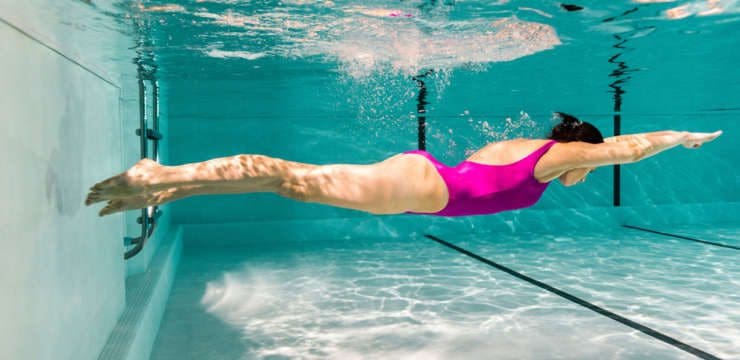
Chiropractic is a form of alternative treatment which focuses on the diagnosis and treatment of a variety of musculoskeletal injuries and conditions, especially those associated with the spine. Dr. Alex Jimenez discusses how the use of spinal adjustments and manual manipulations on a regular basis can greatly help both improve overall health and eliminate many symptoms that could be causing discomfort to the individual. Chiropractors believe among the main reasons for pain and disease is the misalignment of the vertebrae in the spinal column (this is known as a chiropractic subluxation). Through the usage of manual detection (or palpation), carefully applied pressure, massage, and manual manipulation of the vertebrae and joints (called adjustments), chiropractors are able to alleviate pressure and irritation on the nerves, restore joint mobility, and help return the body’s homeostasis. With regular adjustments, nutritional support from health coaching, and all-natural supplements, patients see an improvement of overall health. From subluxations, or spinal misalignments, to sciatica, a set of symptoms along the sciatic nerve caused by nerve impingement, chiropractic care can gradually restore the individual’s natural state of being and improve overall health. Dr. Jimenez compiles a group of concepts pertaining to chiropractic to best educate individuals on the variety of injuries and conditions affecting the human body.

Individuals dealing with or managing chronic back pain should incorporate swimming exercises. Swimming is a low-impact aerobic conditioning exercise that’s easy on the back and…

Introduction The neck is an extremely flexible part of the upper body that allows the head to move without causing pain or discomfort. It is part of…

When temperatures are elevated in summer, heat-induced and severe headaches like migraines are common during the hot months. However, a migraine caused by heat is…

Upper and middle/mid-back pain and/or pain between the shoulder blades is common for individuals who spend long hours sitting or standing. Stress, tension, and repetitive…
Body stiffness is common, especially as the body ages. Stiffness can result from intense work, lack of physical exercise, or specific conditions. The reasons vary…

Introduction Neck injuries are more common than people realize and can lead to mobility issues, affecting the head and shoulders. This is caused by herniated or compressed…

As one of the most load-bearing joints in the body, the hips nearly affect every movement. If the hip joint is involved in a vehicle…
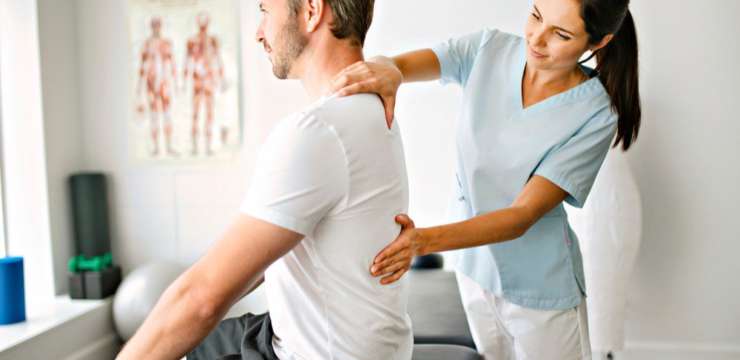
Introduction Lower back pain is a common problem that affects many people worldwide. It can hinder individuals from engaging in physical activities or working on important projects. Failure to…

Sports activities will result in aches, pains, and injuries that need to be examined by a doctor or specialist for proper diagnosis and treatment. Finding…

Introduction It can be challenging to find the proper treatment for general aches and pains in the body due to various environmental factors. These factors, such…

Introduction The lower back plays a huge, important role in providing stability to the body and supporting the weight of the upper portion. It comprises…

Introduction The central nervous system transmits information between the brain, muscles, and organs through 31 nerve roots from the spinal cord. These nerve roots are interconnected with…

Introduction The musculoskeletal system, comprising muscles, tissues, and ligaments, works with the brain from the central nervous system to provide mobility, stability, and function to the…
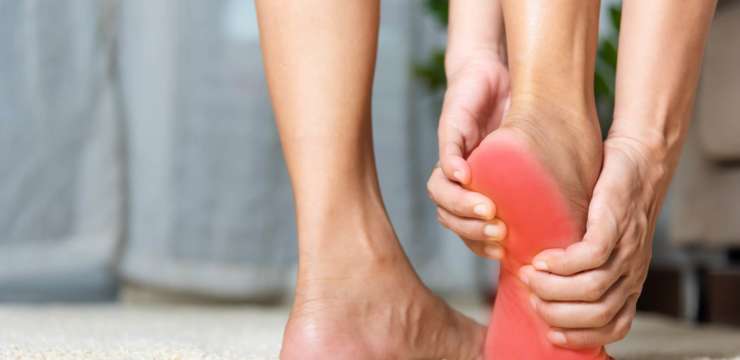
Introduction The central nervous system is responsible for sending neuron signals to all the organs and muscles in the body, allowing for mobility and proper functioning. These…
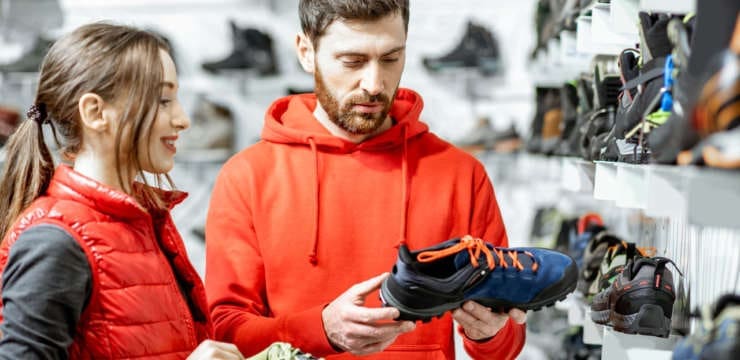
Individuals on their feet all day regularly experience back problems and discomfort symptoms. Wearing unstable shoes that are flat with no arch support with little…

Introduction Many people in the workplace suffer from back pain, which can limit and affect their ability to function and lead to a lifetime of discomfort…
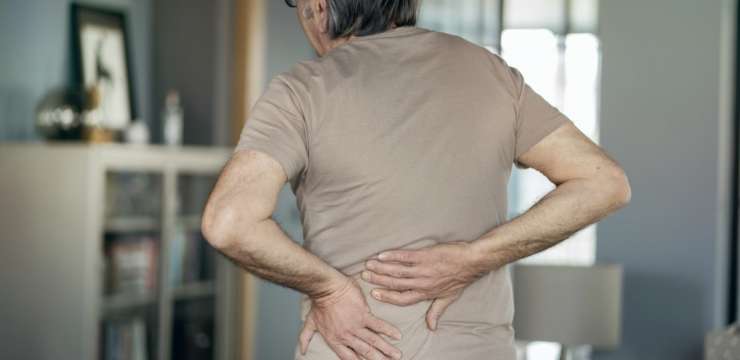
Introduction The spine consists of soft tissues, ligaments, the spinal cord, nerve roots, and cartilage, forming an S-shaped curve with three regions: cervical, thoracic, and lumbar. Its primary…